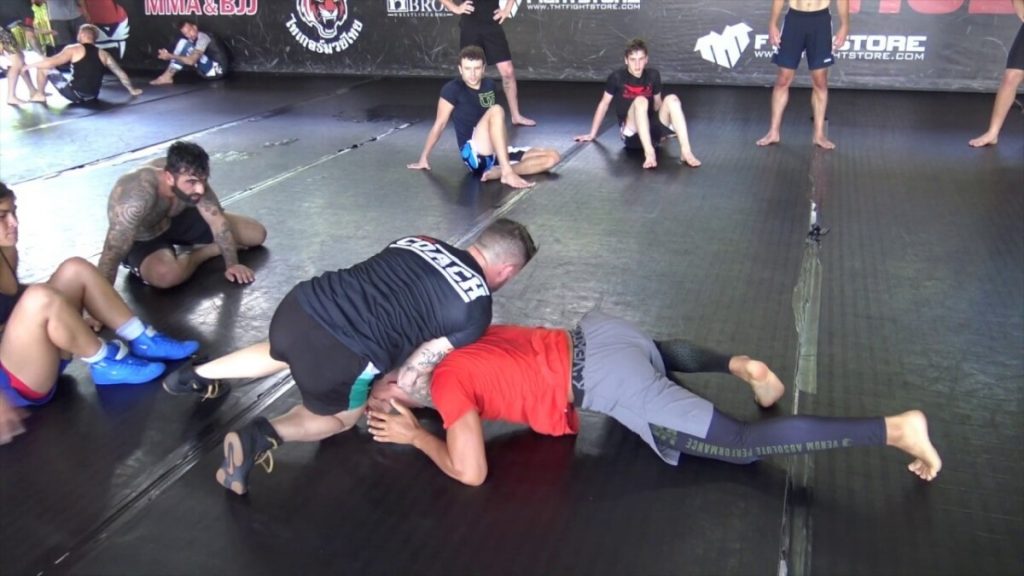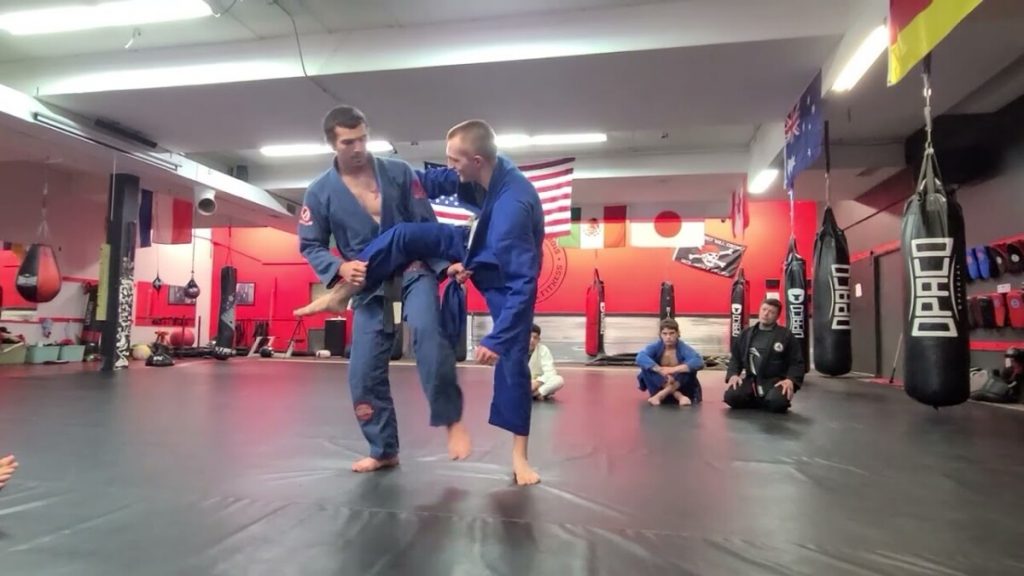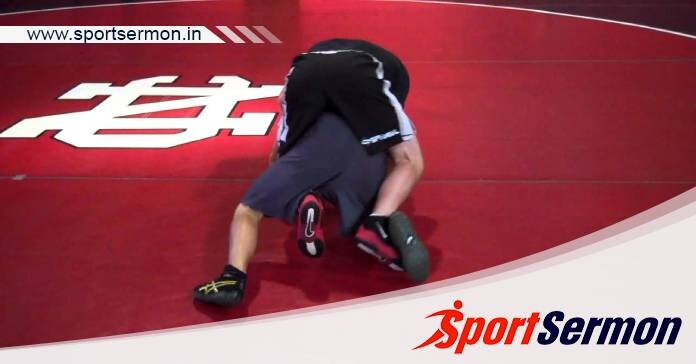Wrestle-Up Techniques: Brazilian Jiu-Jitsu has advanced in a really remarkable way. The sport has advanced significantly in the last several years in terms of technical proficiency, with many elite athletes utilising BJJ-specific techniques and absorbing knowledge from other grappling forms such as Judo and wrestling.
A crucial talent that is sometimes disregarded is the capacity to go from the ground to a standing position and vice versa. This move, which in BJJ jargon is called a “wrestle up,” technique closes the gap between traditional wrestling and Jiu-Jitsu. Gaining proficiency in wrestle-ups will improve your BJJ skills overall and provide you with benefits on the attack and defence. We’ll go over the techniques of wrestle-ups in the context of BJJ in this post.
The Idea Of Wrestle Ups
In Brazilian Jiu-Jitsu, a “wrestle-up” is when an individual moves from a ground position—usually as a guard—to a standing posture, prepared to wrestle their opponent to the mat. Resetting (or starting) the fight on the feet and getting out of a potentially harmful situation on the ground are the main objectives of wrestling up.
This move has a lot of wrestling influence, as rising off the mat to gain control is a basic move that all excellent wrestlers know how to execute.
You might also be interested in reading this: Top 3 Strategies For Getting Out of the BJJ Body Triangle
Why BJJ Wrestle-Up Techniques Are Important?

Furthermore, in mixed martial arts (MMA) or self-defence scenarios, being pinned on the ground can be extremely dangerous. Getting back up on your feet, where you have a greater opportunity of defending or attacking, is made possible by wrestle-ups.
Essential Techniques for Wrestle-Ups
All things considered, the skill of wrestling is a big topic. Fundamentally, wrestling up is assaulting the opponent with movements based on wrestling while rising from a lower-level position, such as the guard. We have outlined some of the most crucial moves for those new to the idea of wrestle-up techniques.
1) Technical stand-up
Technical stand-ups are the cornerstone of the BJJ community. Place one hand on the floor and pull your other leg back to propel yourself up and into a standing posture. Start from a seated position. The technical stand-up serves as both an attacking weapon that positions you for possible takedowns and a defensive technique that lets you stand up securely without putting yourself in danger.
Technical stand-ups are used in several of the most popular wrestle-ups from traditional guards like X, Single Leg X, and De La Riva.
2) Sit-Out Turn-In
Essentially, this manoeuvre is adapted from conventional wrestling. In the sit-out turn-in, you rotate your hips and thread one leg beneath you to create space while an opponent holds you from the top in a turtle stance. Once the area has been created, you can launch yourself upward, displacing your opponent’s control and getting back up on your feet.
3) Hip Heist
The hip heist is another fundamental wrestling move that entails quickly rotating your hips to change positions. A well-done hip heist may help you reverse the roles and take charge if you’re at the bottom by helping you go up and move to the top. The hip heist movement is where many of the finest entries to the front headlock and back originate.
Wrestle Ups In Action
Superstar in jiu-jitsu Andrew Wiltse demonstrates a guard wrestle-up series. He says that he uses wrestle-ups as a means of threatening sweeps and submissions and that it’s a key part of his game right now. He likes to use the shin-on-shin guard to strike from the sitting guard position. He then switches to the Single Leg X or X guard and wrestles up.
Observe how often he stresses the need to off-balance the opponent (kuzushi) by manoeuvring around and around their leg. Then he applies the main strategies we covered before, namely the technical stand-up.
It’s important to keep in mind that the main goal of wrestling up is to transition from a submissive to a dominating posture, so you should anticipate strong opposition as you advance from one to the next.
Including Wrestle Ups in Your Exercise

The real advantages of wrestle-ups can only be realised if you include them in your regular BJJ training regimen. These guidelines ought to get you started.
- Sparring With Intent: When you spar, purposefully place yourself in situations where you have to grapple up. This helps you pinpoint areas for growth while also providing you with real-world experience. Prior to the class, determine these roles, and then try your hardest to fill them.
- Drilling Transitions: Movement and transitions are the foundation of BJJ. Regular exercise and employing wrestle-ups to go from different ground positions to a standing position can help you advance. By repeating the exercises, muscle memory is developed and the motions become automatic. If you are unable to perform these movements during real sparring, you need to practise more.
- Cross-Training: Take into account taking lessons or engaging in cross-training in wrestling. You will learn new methods and have a deeper knowledge of the mechanics of wrestle-ups via this experience. The pace of wrestling classes is usually more intensive. You will only get better at wrestle-ups if you can adjust this intensity.
- Scenario Training: Take part in scenario-based training in which you must overcome an initial deficit in order to win points or accomplish a certain goal. This kind of training may be quite helpful in getting ready for competitions as it mimics competitive situations. If you intend to participate in the next few weeks or months, this is fantastic news.
In summary
Although ground combat is frequently linked with Brazilian Jiu-Jitsu, the capacity to switch between the ground and standing positions is extremely useful. A creative technique to get out of a tight spot, restart a fight, and even flip the tables on your opponent is a wrestle-up.
You may strengthen your Jiu-Jitsu armoury with a diverse and powerful instrument by realising the significance of wrestle-up techniques and investing the necessary time to become proficient in them. Whether you’re interested in martial arts as a competitive sport, a hobby, or self-defence, the abilities you get from doing wrestle-ups will definitely come in handy.

